Content from the Brookings Institution India Center is now archived. After seven years of an impactful partnership, as of September 11, 2020, Brookings India is now the Centre for Social and Economic Progress, an independent public policy institution based in India.
This column first appeared in the Indian Express, on October 6, 2014. Like other products of the Brookings Institution India Center, this is intended to contribute to discussion and stimulate debate on important issues. The views are those of the authors.
Only the most churlish would argue that the prime minister’s visit to the US was more style than substance. The vision statement released at the end of the dialogue between PM Narendra Modi and US President Barack Obama was substantive. It covers almost every topic of potential interest between the two countries in language that is short on diplomatic jargon and long on actionable intent. Earlier, through simple but powerfully delivered messages at various public fora and the masterful initiative to announce visas on arrival for Americans, the PM not only brought India back to the attention of the US Congress and American business, but also put to bed the legacy that had dogged him for the past decade. He also struck a massive chord with Indian Americans.
The task ahead is clear. The PM has to find the political will to deliver. This will not be easy. The slogan “Chalein Saath Saath: forward together we go” may have rhetorical resonance, but there is no getting away from the reality that the journey ahead for both Obama and Modi will be like walking a tightrope. In reading the section on energy and climate change, for instance, I could not but recollect that it was not long ago that 212 members of Congress voted against Obama’s climate change bill and that the representative from Georgia, Paul Broun, asserted that climate change was a “hoax” perpetrated on the world by the scientific community. His remarks drew broad applause. In a similar vein, Manmohan Singh came under strong criticism from the opposition when he endorsed the goals set at the Major Economic Forum to limit the increase in global temperatures to no more than 2 degrees Celsius and for agreeing to “substantially reduce emissions by 2050”. Against this backdrop, it could be justifiably asked how the two leaders will deliver on their intent.
The same question could be asked of most other issues brought out in the vision statement. For, they too have been bogged down by seemingly irreconcilable national and vested interests. The civil nuclear deal has been stuck in the mire of unlimited liability; trade and facilitation discussions have stalled over the matter of food subsidies; visa and immigration issues raise the hackles of some Congressmen and the US trade representative may still recommend sanctions against India for its stand on patents and regulatory data protection.
So, is the vision statement no more than rhetorical flourish signifying nothing? Will the two governments have the political will to take it forward? Will they be able to keep their balance? Time will tell, and the sceptics have history on their side. I, however, am optimistic. This is because, unlike so many other summit communiques, this one is granular in content and far-reaching in aspiration. It states, for instance, that two US trade missions will come to India in early 2015 to identify the support that US technology and services can provide for modernising our infrastructure. It writes of public-private discussions under the umbrella of “commercial dialogue” to be held in 2015. The ministry of finance is given the specific mandate to work with the US department of treasury on new investment initiatives and the US department of commerce on collaboration in infrastructure.
A working group has been set up to resolve contentious issues surrounding intellectual property rights. At the same time, the vision statement contains, inter alia, four new protocols on clean and renewable energy. One is about ensuring the energy efficiency of “smart cities”; the second about integrating renewable energy into the power grid; the third on solidifying the US-India partnership on climate resilience; and the fourth on creating a forum for financing clean energy. Each of these projects has a long gestation and the outcome is uncertain. Each will have to navigate a political labyrinth for implementation. By putting their signature to these protocols, the leaders are not just looking to address the issue of energy security and climate change. They are also creating the platform upon which to build a long and durable strategic partnership.
At this point I must register one caveat. I was disappointed that the PM did not meet the CEO of a major oil and gas company. I appreciate that none of them are invested in India and so were probably not invited to the breakfast dialogue. My disappointment reflects a hard truth. Coal, oil and gas will make up the largest share of our energy consumption basket for years to come. We need, therefore, to do our utmost to develop our domestic reserves. We need also to weaken the link between economic growth, energy demand and environmental impact.
US oil and gas companies have the technology, financial muscle and operational experience to help us in this endeavour. I was also hopeful that in the section on cooperation between our two defence establishments, there would be mention of joint R&D on energy technology. The Pentagon is the single-largest consumer of fuels in the US and has allocated $9 billion over the next five years for R&D on cleaner fuel blends, lighter and more energy efficient materials, storage batteries, etc. The Indian defence forces are probably also the single-largest consumer of fuels in the country and are engaged in similar research. The scope for partnership and collaboration is immense and if not already contemplated, it should be brought onto the agenda.
Those who cavil at the fact that there were no major breakthrough agreements during the visit must remind themselves of the distance that the PM had to cover to achieve what he did. No doubt the devil will lie in the detail of implementation. Much will now rest on the shoulders of second-tier cabinet officials and their civil servants. If they can hold on to the baton that the PM has passed, I believe this visit will in hindsight be seen as an inflexion moment in US-India relations.
The Brookings Institution is committed to quality, independence, and impact.
We are supported by a diverse array of funders. In line with our values and policies, each Brookings publication represents the sole views of its author(s).
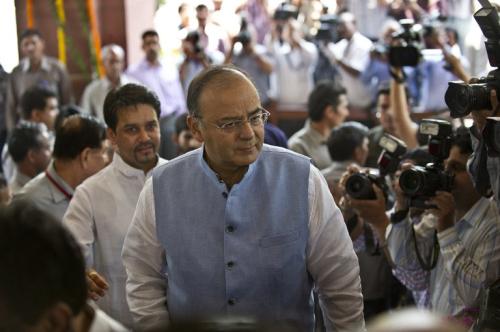

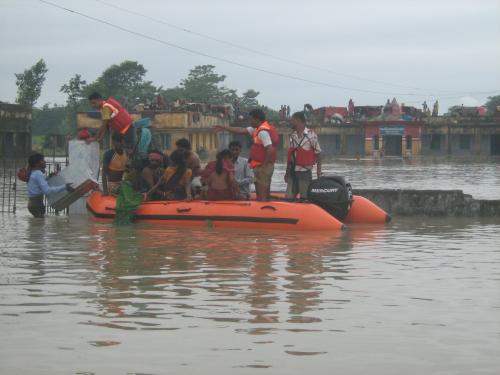
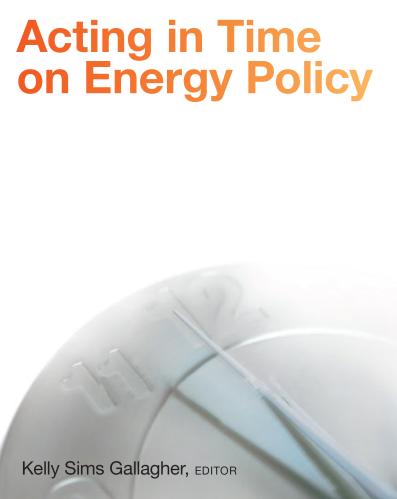
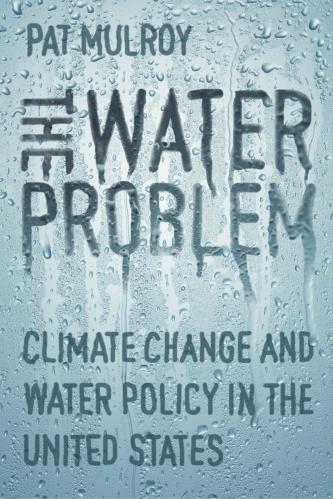
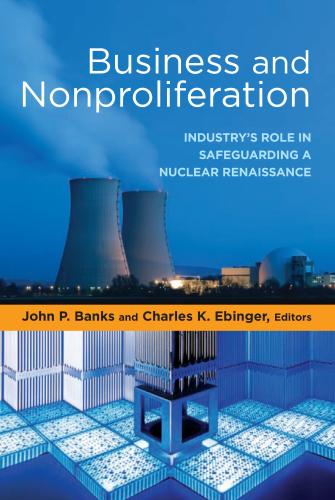
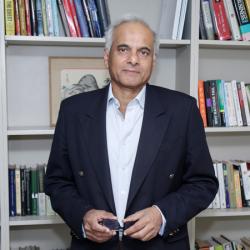
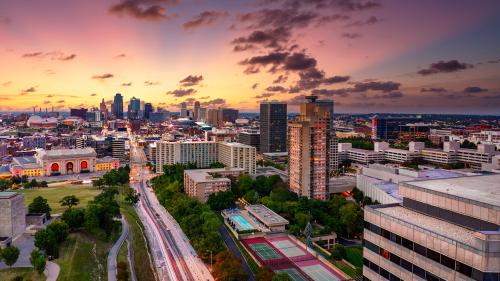


Commentary
Op-edRhetoric signifying something
INDIAN EXPRESS
October 7, 2014